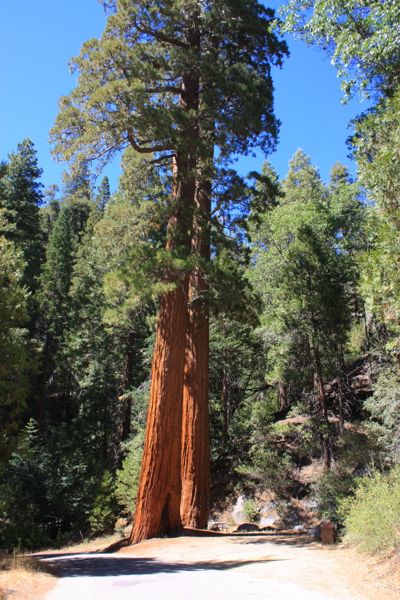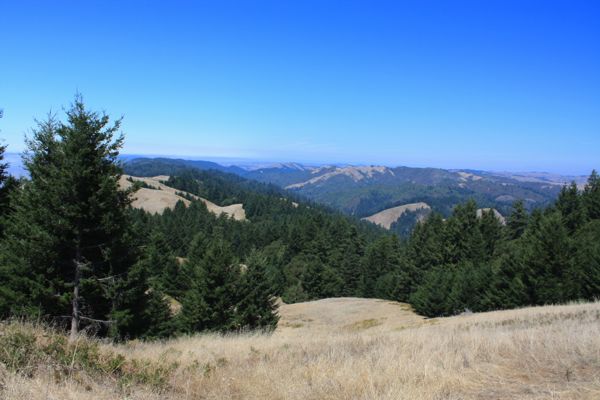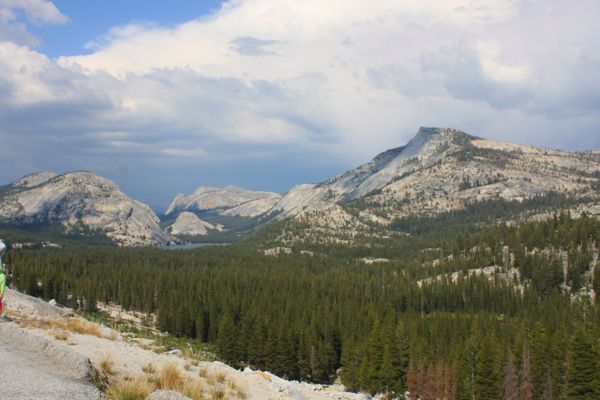Scientists Say Climate Change Killing California’s Huge Trees
A brief note today with some depressing news, posted in light of my recent California trip, where I was privileged to experience huge trees and magnificent forests.
A disturbing study by University of California at Berkeley scientists suggests that climate change is a factor in the death and decline of huge trees in California (*assuming climate is a factor in drought).
[* It’s actually more complicated, and deals not just with precipitation, but increasing temperatures, evapotranspiration, soil moisture, and what is derived as climatic water deficit:
Large tree declines were more severe in areas experiencing greater increases in climatic water deficit since the 1930s, based on a hydrologic model of water balance for historical climates through the 20th century.]
According to RT story today:
The report published in the journal of the Proceedings of the National Academy of Sciences examined changes in the number of large trees – two feet in diameter or more – between data gathered in the 1920s and 30’s and the first decade of this century.
According to the study: Twentieth-century shifts in forest structure in California: Denser forests, smaller trees, and increased dominance of oaks
Declines in the number of large trees in temperate and tropical forests have attracted attention, given their disproportionate importance to forest structure, function, and carbon storage. Yet, factors responsible for these declines are unclear. By comparing historic (1930s) and contemporary (2000s) surveys of California forests, we document that across 120,000 km2, large trees have declined by up to 50%, corresponding to a 19% decline in average basal area and associated biomass, despite large increases in small tree density. Contemporary forests also exhibit increased dominance by oaks over pines. Both large tree declines and increased oak dominance were associated with increases in climatic water deficit, suggesting that water stress may be contributing to changes in forest structure and function across large areas.
The study has relevance for NJ forests as well, because climate change models predict warming temperatures, changes in the timing of the seasons, and more extreme wet and dry periods that alter the basic hydrology and ecosystems upon which NJ forests have evolved, adapted, and depend.
Climate change will alter forest health and forest composition in NJ, as the California research shows is happening there.
We are already seeing impacts in Pinelands forests from southern pine beetle.
Just another reason for a rapid transition to renewable energy and phase out of fossil fuels.


